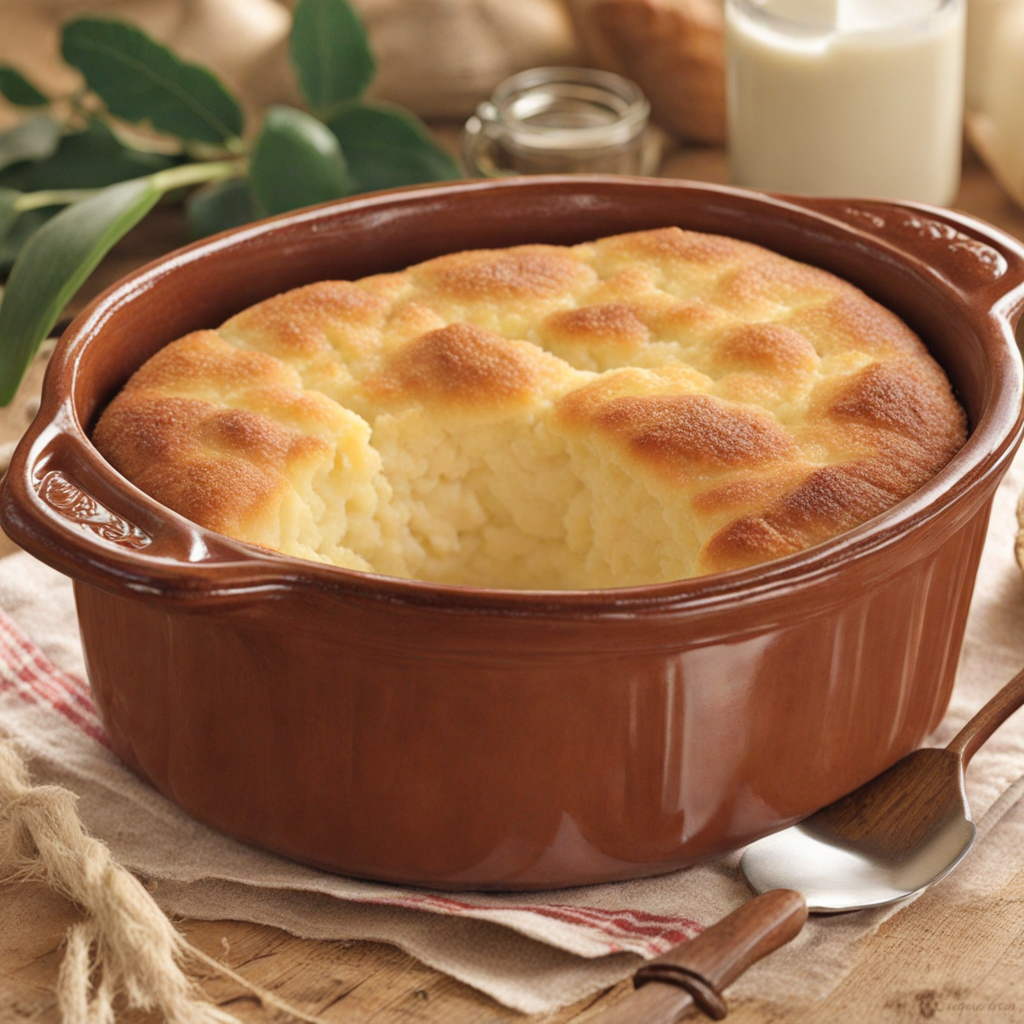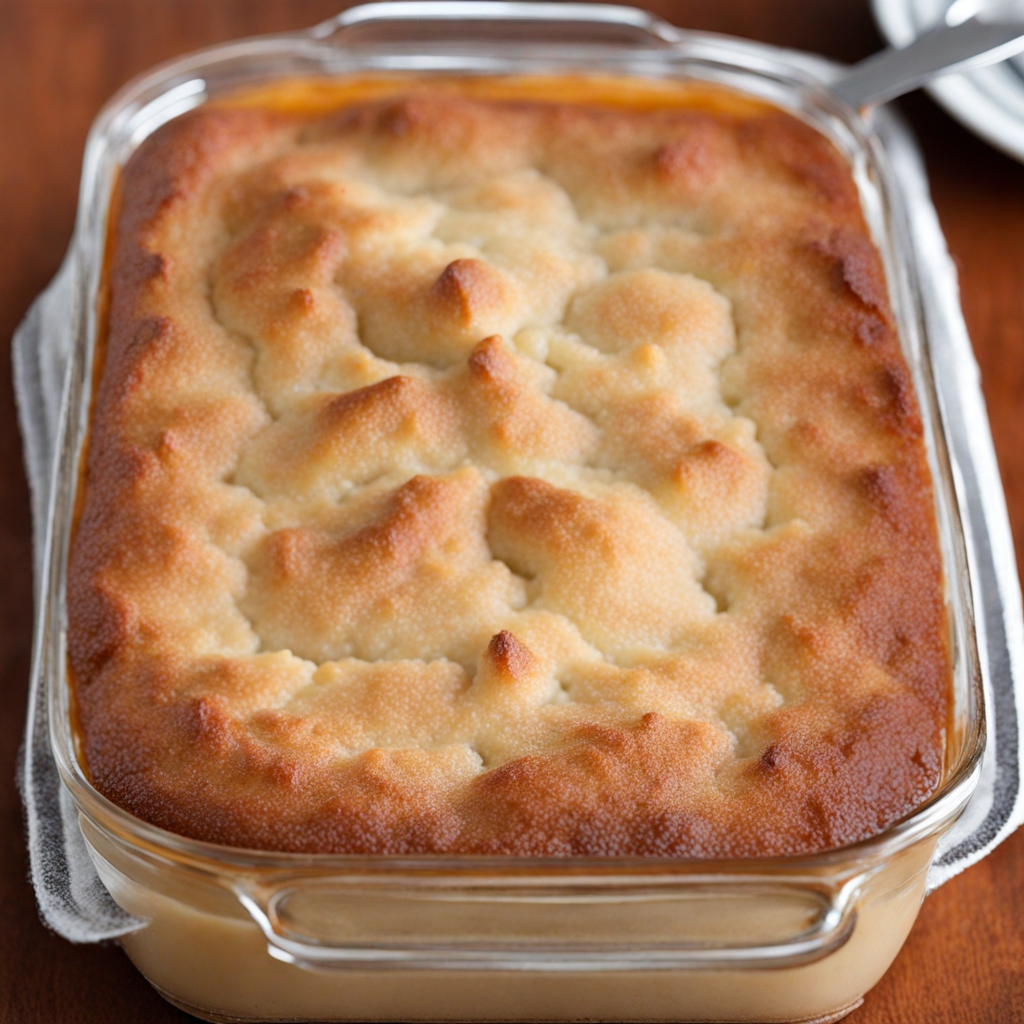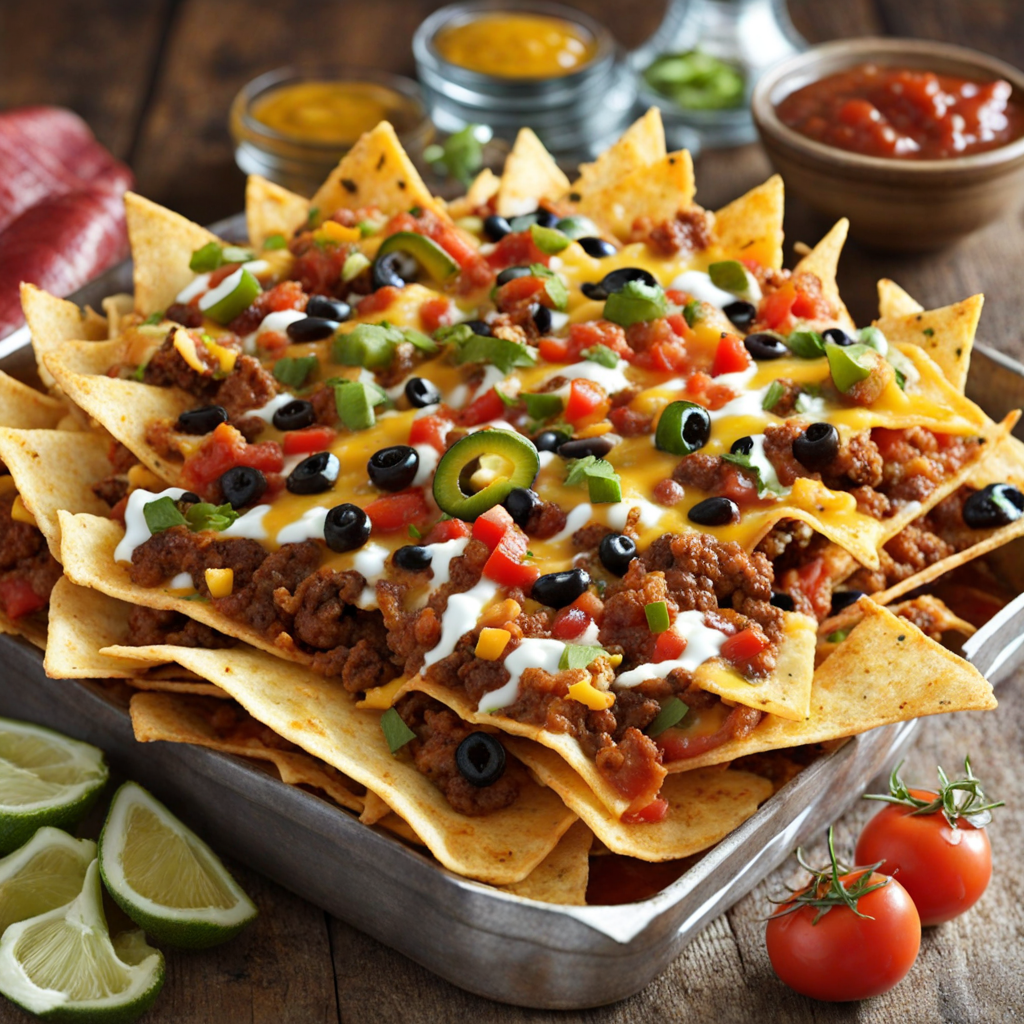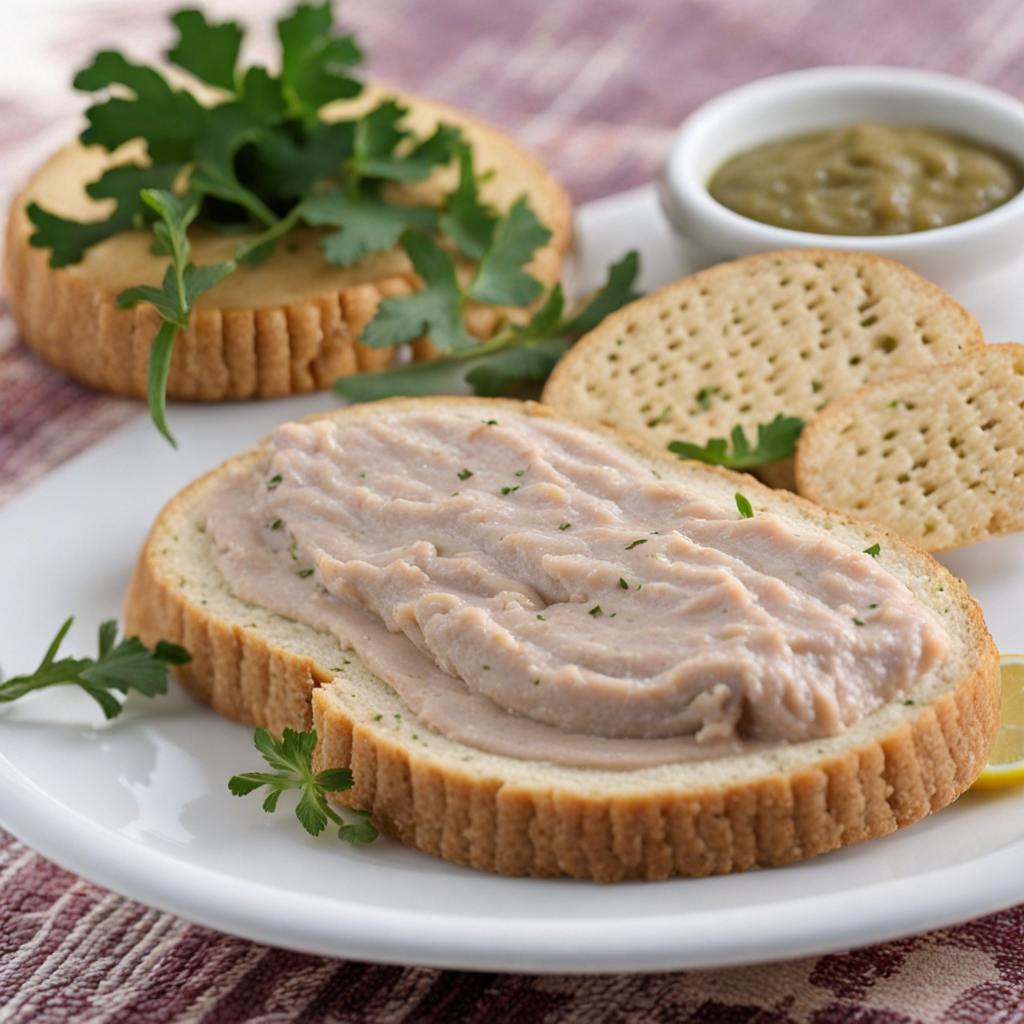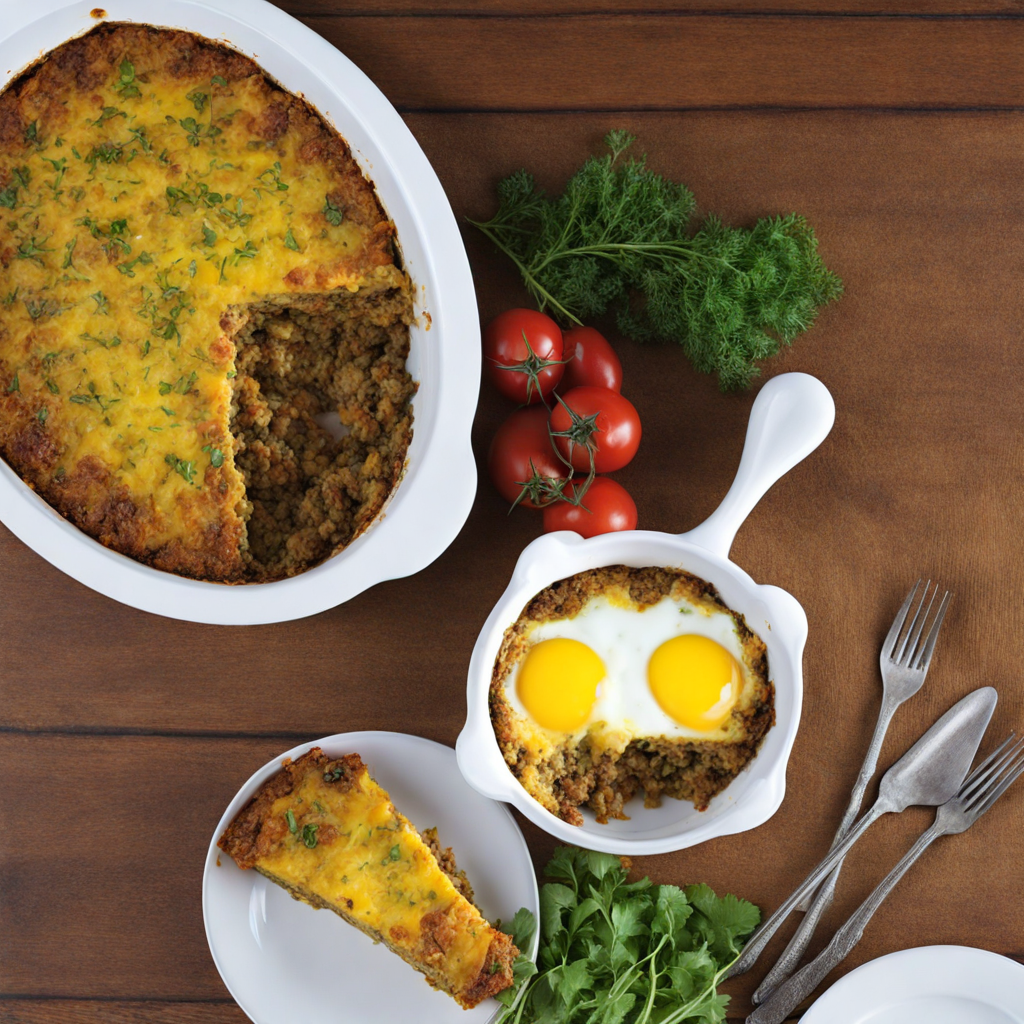Oondgebak
Oondgebak, a delightful treat hailing from South Africa, is a unique culinary creation that captivates the senses with its rich flavors and comforting textures. Traditionally made with a base of finely milled maize meal, this dish boasts a moist and slightly dense consistency that is reminiscent of cornbread, yet distinctly its own. The maize meal is often mixed with a variety of ingredients, including savory spices, fresh herbs, and sometimes even bits of meat, creating a wholesome dish that is both hearty and satisfying. The preparation method typically involves baking the mixture, allowing it to develop a beautifully golden crust while keeping the inside soft and flavorful. The flavor profile of Oondgebak is a wonderful balance of earthy and savory notes, enhanced by the addition of local spices that reflect the rich culinary heritage of South Africa. Each bite offers a warm, comforting taste, with subtle hints of sweetness from the maize, complemented by the aromatic spices that evoke a sense of home and community. This dish is often served with a side of tangy chutney or a robust tomato sauce, which adds a refreshing contrast and a burst of acidity, elevating the overall experience. Oondgebak is not just a dish; it’s a celebration of South African culture and tradition, often enjoyed during family gatherings and festive occasions. It invites shareability, as people gather around to enjoy this comforting dish together. Whether you are looking to expand your culinary horizons or simply indulge in a new flavor experience, Oondgebak promises to deliver a taste of South Africa that is both unique and unforgettable.
How It Became This Dish
Oondgebak: A Culinary Journey Through South African History Oondgebak, a traditional South African dish, is a fascinating example of how food can embody the rich tapestry of cultural exchanges, historical influences, and regional adaptations that define a nation. This unique dish, originating from the Cape Malay community, is more than just a culinary delight; it is a symbol of resilience, community, and the melding of various cultural practices that have shaped South Africa's diverse food landscape. Origins of Oondgebak The roots of Oondgebak can be traced back to the 17th century, a period marked by the arrival of the Dutch East India Company at the Cape of Good Hope. This pivotal moment in South African history led to the establishment of a refreshment station for ships sailing to the East Indies. The arrival of the Dutch brought with it a myriad of culinary influences, including the introduction of various spices, cooking techniques, and ingredients. The Cape Malay community, consisting largely of enslaved people brought to the region from Southeast Asia, India, and Madagascar, began to develop a distinct culinary identity during this time. They adapted their traditional recipes using locally available ingredients, resulting in a vibrant fusion of flavors. Oondgebak emerged as a product of this cultural exchange, characterized by its unique combination of spices, often including cinnamon, cardamom, and nutmeg. Cultural Significance Oondgebak holds a special place in the hearts of many South Africans, particularly within the Cape Malay community. It is often associated with festive occasions, family gatherings, and religious celebrations, especially during the month of Ramadan. The dish is not merely food; it embodies the spirit of hospitality and community, as it is commonly shared among friends and family. The preparation of Oondgebak is often a communal activity, with families coming together to create this dish, reinforcing bonds and traditions. Its rich flavors evoke nostalgia and a sense of belonging, making it a cherished part of cultural heritage. The dish is more than sustenance; it represents cultural pride and the resilience of the Cape Malay people in preserving their culinary traditions through generations. Ingredients and Preparation Oondgebak is typically made with rice, which is often flavored with spices and sometimes combined with ingredients such as chicken, lamb, or vegetables. The dish is cooked using a method similar to that of biryani, where the rice is layered with the meat and spices, allowing the flavors to meld beautifully. The use of saffron or turmeric can give the rice a vibrant yellow hue, while the spices impart a warm aroma that is both inviting and comforting. The preparation of Oondgebak can vary between families and regions, reflecting local ingredients and individual preferences. While some versions may lean towards being sweeter, incorporating raisins or dried fruits, others might emphasize the savory elements, highlighting the depth of spices used. This adaptability speaks to the dish’s evolution over time, as it continues to reflect the cultural dynamics of a changing society. Evolution Over Time As South Africa underwent significant social and political changes, the culinary landscape also transformed. The end of apartheid in the early 1990s marked a new chapter in South Africa's history, leading to a renewed interest in the country's diverse cultural heritage. The Cape Malay cuisine, including dishes like Oondgebak, began to gain recognition beyond the confines of the community. Culinary tourism emerged as a powerful force in promoting South Africa's rich gastronomic traditions, and Oondgebak found its way onto menus in restaurants, food festivals, and cultural events. Chefs began to reinterpret traditional recipes, blending contemporary techniques with time-honored methods. This evolution helped to elevate the status of Oondgebak, allowing it to reach new audiences and garner appreciation from food enthusiasts worldwide. Moreover, the global movement towards sustainable and local eating has also influenced the preparation of Oondgebak. Many modern interpretations emphasize the use of organic and locally sourced ingredients, aligning with a broader trend towards environmental consciousness in the culinary world. This shift not only honors the dish's origins but also ensures its relevance in today's context. Oondgebak in Contemporary South Africa Today, Oondgebak continues to be celebrated as a dish that encapsulates the essence of South African identity. It is often served at social gatherings, weddings, and religious celebrations, serving as a reminder of the nation’s rich cultural heritage. The dish has transcended its original community, becoming a beloved part of South Africa's culinary repertoire. In recent years, there has been a growing interest in documenting and preserving traditional recipes. Initiatives aimed at recording the stories behind dishes like Oondgebak have emerged, ensuring that future generations understand the cultural significance of their culinary heritage. Cookbooks, food blogs, and social media platforms have become invaluable tools in this endeavor, allowing people to share their family recipes and stories, thereby fostering a sense of community and continuity. Conclusion Oondgebak is more than just a dish; it is a narrative woven into the fabric of South African history. Its origins reflect the confluence of cultures, while its evolution showcases the resilience and adaptability of the Cape Malay community in the face of changing times. As South Africa continues to embrace its diversity, Oondgebak stands as a testament to the power of food in fostering connections, preserving traditions, and celebrating the rich tapestry of cultural identity. In a world where globalization often threatens to homogenize culinary practices, Oondgebak serves as a reminder of the importance of honoring and celebrating local traditions. It invites us to explore the stories behind our food, to appreciate the intricate connections that bind us, and to savor the flavors of history on our plates. As we partake in this delicious dish, we not only nourish our bodies but also engage with the profound cultural heritage that defines South Africa.
You may like
Discover local flavors from South Africa


